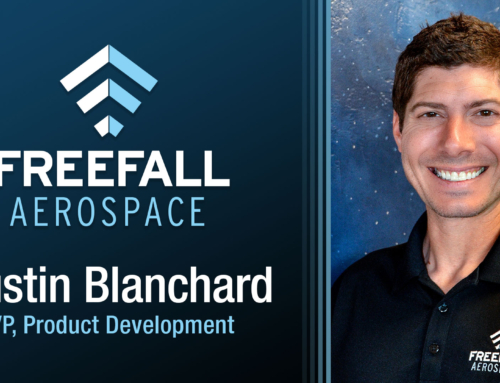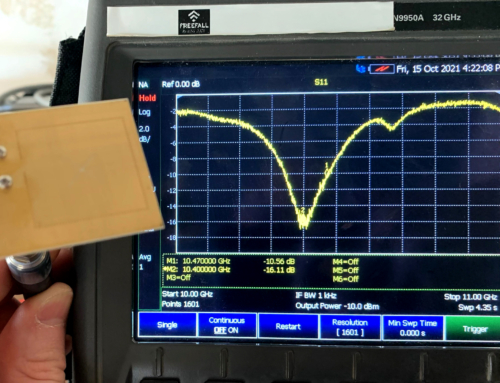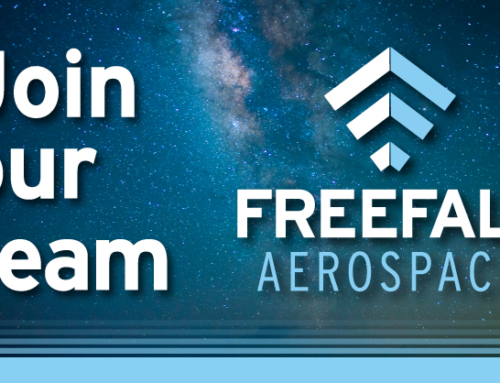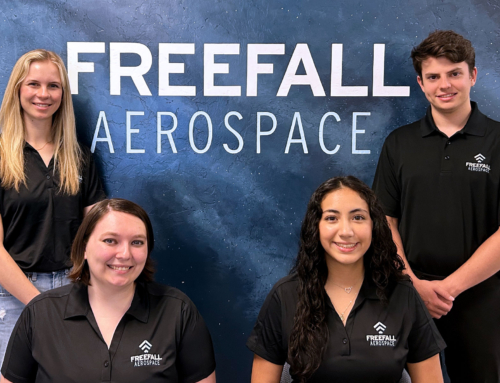Tucson: From the Wild West to High-Impact Innovation
MARCH 18TH, 2020

The Wild West spirit remains alive and well in Tucson. It’s no longer like that portrayed by the many Westerns shot at Old Tucson Studios or nearby Tombstone. The spirit now draws people from entirely different walks: the ever-evolving technology-industry-business community; and the rich arts and cultural side.
“I’ve worked at places that do not have what Tucson has – arts, culture, diversity, history, and openness; all of this makes business development easy,” Economic Initiatives Director Barbra Coffee said. “It’s certainly an exciting time to be in Tucson. We have an emerging entrepreneurial ecosystem, and the organizations who have done their groundwork to create it over the years are hitting their stride.”
Defense contractor Raytheon, meet autonomous trucking company TuSimple. That’s how it is in this metro area of one million-plus, rimmed by the Catalina Mountains and encompassing much of Saguaro National Park.
FreeFall’s co-founder, Chris Walker, was recently featured in Wired magazine for his innovative, inflatable Terahertz Space Telescope, which resembles a beach ball. The 25-meter telescope is the brainchild of longtime UA astronomy professor Walker, who first sent the idea to NASA Advanced Aerospace Concepts in 1989.
Speaking of TuSimple, autonomous trucking is one of the new industries calling Tucson home. TuSimple is testing autonomous (driverless) and assisted-driver longbed trucks on Interstate 10 between Phoenix and Tucson. They have forged a workforce development partnership with Pima Community College to create one of the first autonomous trucking certificates in the country.
That’s not all. The three biggest community colleges in Arizona – Pima, Maricopa, and Central Arizona – are partnering on a shared curriculum for automated manufacturing, such as robotics and 3D printing. “The courses are offering more standardized training to use in places like Raytheon, Boeing, Caid … Now, their skills will translate right into these workplaces,” Coffee said.
Here’s a deeper look at Tucson’s highly innovative deep dive into technology, advanced manufacturing, education-fueled initiatives, and workforce development:
- With three huge projects in various stages of approval between Tucson and Phoenix, including the huge Rosemont Copper Project, there’s a new emphasis on advanced mining technology. Caterpillar has moved its global mining and technology headquarters to the area. Various mining concerns are utilizing the most innovative equipment and practices in the world.
- The photonic optical industry (mirrors, lenses, telescopes, cameras) has a vibrant home in Tucson. An astronomy haven, Tucson is part of Optics Valley, so coined by the Arizona Technology Council. Among other things, the University of Arizona is now building the world’s largest telescope. Also, Tucson-based FreeFall’s co-founder, Chris Walker, was recently featured in Wired magazine for his innovative, inflatable Terahertz Space Telescope, which resembles a beach ball. The 25-meter telescope is the brainchild of longtime UA astronomy professor Walker, who first sent the idea to NASA Advanced Aerospace Concepts in 1989.
- Pima Community College’s nationally recognized Aviation Technology Program has received $15 million to create the PCC Aviation Center, the state’s only maintenance and repair training facility for large transport commercial aircraft. It will break ground this fall and welcome new students in Fall 2020.
- The Banner-University Medical Center’s nine-story Patient Tower opened in April, adding 228 private rooms, 20 operating rooms, new diagnostic imaging and other labs, and $50 million in new patient-care equipment and computer technology.
- The UA Tech Park, research and innovation facilities, occupies over 1,300 acres, providing 2 million sq. ft. of high tech offices, R&D, and lab facilities. UA will put its first innovation center at The Bridges, a 65-acre location; currently, GEICO has a headquarters there. Coffee said The Bridges, when fully developed for mixed-use and commercial, will employ 7,000 to 10,000 workers.
Speaking of UA, much is happening to retain fresh graduates from the 43,000-student campus within the Tucson workforce. “The talent pipeline is here,” Coffee said. “What’s so important is strengthening the industry clusters to keep these young engineers here when they graduate. We are expanding opportunities in many different ways.”
To that end, UA’s commercialization entity, Tech Launch Arizona, focuses on creating networks of people who can become supportive mentors for emerging companies. “With UA, we’re strengthening our network of mentors in community,” Coffee said. “It’s a very collaborative environment here.”
Another launch pad, Startup Tucson, will provide access to capital and connections for emerging businesses, with more than 17,000 active subscribers in their network.





Leave A Comment